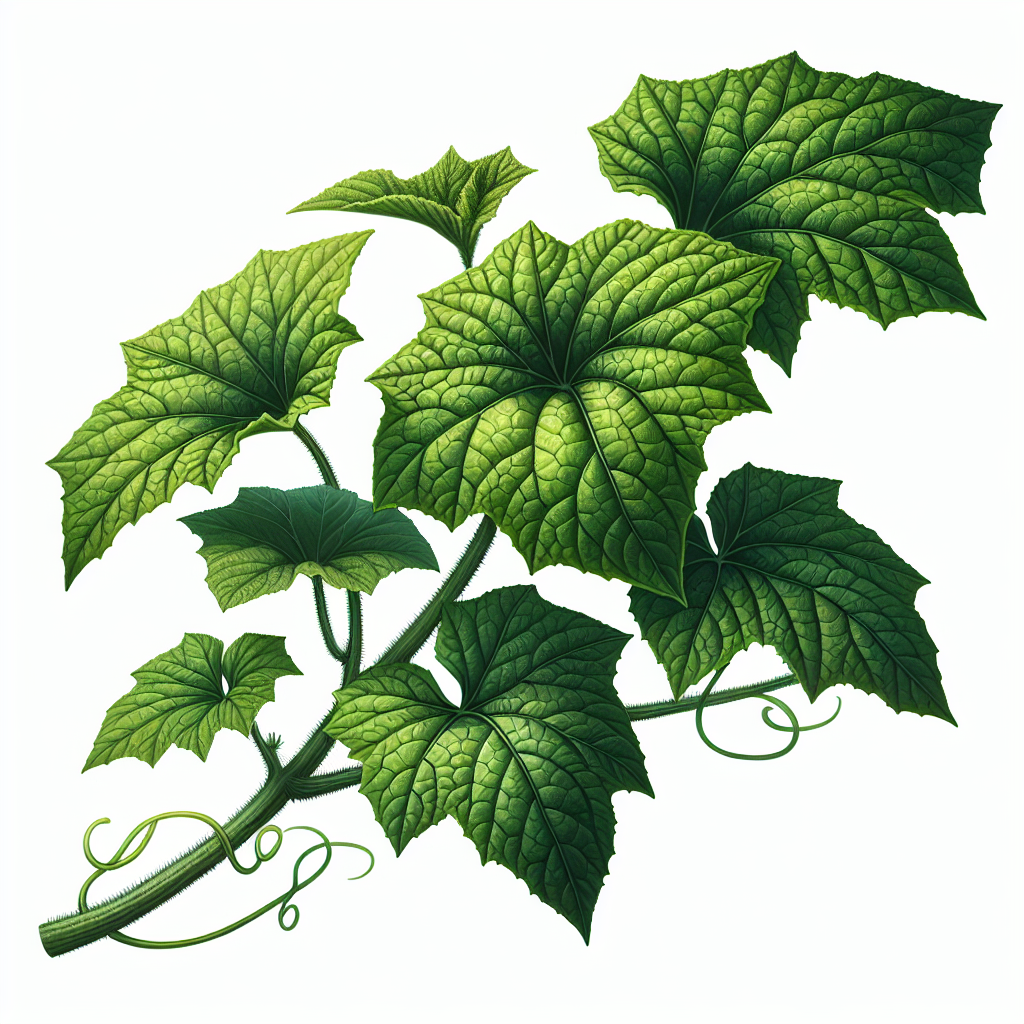
How do cucumber leaves look like
The Fascinating World of Cucumber Leaves
When we think about cucumbers, it's easy to envision the crisp, refreshing flesh that adds crunch to salads and sandwiches. However, many people overlook another important aspect of this plant: the leaves. **Cucumber leaves** play a vital role in the growth and health of the cucumber plant, and understanding how do cucumber leaves look like can enhance your gardening experience. In this article, we will dive deep into the anatomy of cucumber leaves, their characteristics, and their function within the plant itself.
Understanding Cucumber Plant Anatomy
To fully appreciate cucumber leaves, it is essential to understand their place within the overall anatomy of the cucumber plant. This sprawling vine grows rapidly and can easily take over garden space if not properly managed.
- Roots: These anchor the plant and absorb water and nutrients from the soil.
- Stem: The main support structure that transports nutrients and water between the roots and leaves.
- Leaves: The green factories of the plant that perform the vital process of photosynthesis.
- Flowers: The reproductive parts that develop into cucumbers when fertilized.
- Fruits: The part we eat, developing from the flowers after successful pollination.
Characteristics of Cucumber Leaves
So, how do cucumber leaves look like? Cucumber leaves are quite distinctive in their appearance. Here are some defining characteristics:
- Shape: Typically heart-shaped or lobed, cucumber leaves can measure anywhere between 4 to 12 inches across.
- Color: They are generally a vibrant green, although their shade can vary based on the specific cucumber variety and environmental factors.
- Texture: The surface is rough due to small hairs covering the leaf, which can give a slightly prickly sensation when touched.
- Veins: Cucumber leaves have a prominent vein structure, often appearing palmate with several major veins radiating from a central point.
- Arrangement: Leaves grow alternately along the stem and can form a lush canopy, providing shade to the fruits below.
Types of Cucumber Leaves
Depending on the variability in cucumber plants, you can find several types of cucumber leaves:
- Standard Cucumber Leaves: Characterized by their broad, heart-shaped structure with jagged edges.
- Miniature Cucumber Leaves: Some varieties like the Persian cucumber have smaller, more delicate leaves.
- Variegated Leaves: Certain cultivated varieties might exhibit leaves with yellow or white patches, adding ornamental value to the garden.
The Role of Leaves in Photosynthesis
The primary function of cucumber leaves is to perform **photosynthesis**, the process through which plants convert light energy into chemical energy. This process is crucial for plant growth and health, as it allows cucumbers to produce their own food. Key components involved in photosynthesis include:
- Chlorophyll: The green pigment in leaves that captures sunlight.
- Water: Absorbed through the roots, essential for photosynthesis.
- Carbon Dioxide: Taken in through small pores called stomata, providing the necessary carbon for creating glucose.
Why Should You Care About Cucumber Leaves?
Understanding how do cucumber leaves look like and their function is more than just an academic exercise. Here are a few reasons why they matter:
- Health of the Plant: Healthy leaves indicate a thriving cucumber plant. Yellowing or wilting leaves might suggest problems such as nutrient deficiencies, disease, or pests.
- Increased Yield: A robust leaf structure can lead to more effective photosynthesis, ultimately resulting in a higher yield of cucumbers.
- Pest Control: Being familiar with the appearance of cucumber leaves may help you spot early signs of pest infestations or fungal infections.
Pests and Diseases Affecting Cucumber Leaves
Cucumber leaves can be subject to various pests and diseases that threaten the health of the plant. Here are some common culprits:
- Powdery Mildew: A fungal disease that presents as a white, powdery substance on leaves, indicating a need for increased air circulation and proper water management.
- Downy Mildew: Another fungal issue, leading to yellowing and wilting of leaves, often more pronounced on the underside.
- Aphids: Small sap-sucking insects that can cause deformed leaves and stunted growth.
- Spider Mites: Tiny pests that produce webbing and are usually a sign of drought stress.
Best Practices for Maintaining Healthy Cucumber Leaves
To cultivate strong, healthy cucumber leaves, here are some best practices:
- Watering: Ensure even moisture, especially during dry spells, but avoid overwatering.
- Fertilization: Use a balanced fertilizer to provide essential nutrients for optimal leaf growth.
- Pest Monitoring: Regularly inspect your plants for signs of pests or diseases, allowing for early intervention.
- Pruning: Remove any diseased or damaged leaves to encourage better airflow.
Conclusion
In summary, understanding how do cucumber leaves look like is crucial for anyone seeking to grow healthy cucumber plants. These leaves are not just passive structures; they are busy workers performing photosynthesis and supporting the overall health of the plant. By paying attention to the condition of cucumber leaves, gardeners can not only ensure robust growth but also a bountiful harvest of delicious cucumbers.
“Healthy leaves mean a healthy cucumber plant, and that translates to a successful harvest.”
Now that you know the importance of cucumber leaves and their characteristics, you can approach your garden with a greater appreciation for these green marvels. Happy gardening!
By Guest, Published on September 15th, 2024